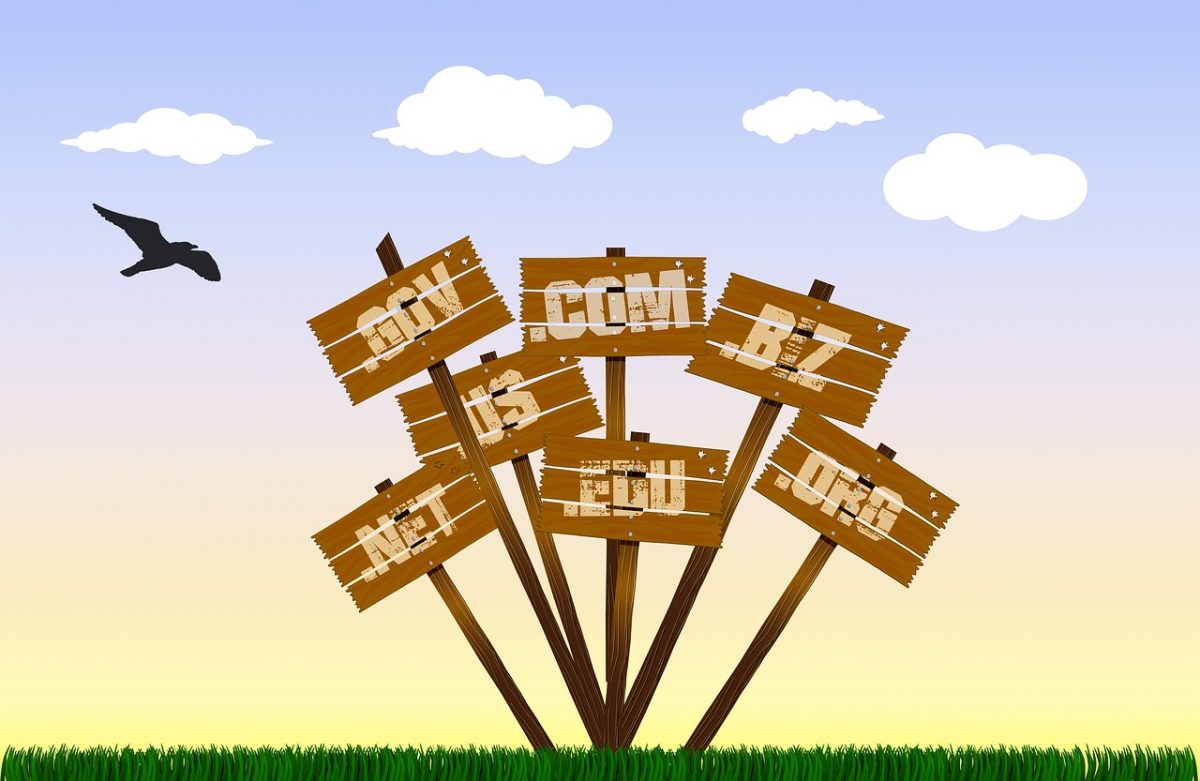Important Tips for Designing Effective Online Shops by shyambhardwaj Available from <http://techniblogic.com/important-tips-designing-effective-online-shops/#> [Jan 08, 2017]
The online shopping web design is effective to make the process continues until the user reaches the end point of their buying process as quick and easy as possible. If you follow these tips you will create a web e-commerce site that will delight your customers and help you increase sales.
We’ve all been through similar situations. We want to buy a product online and Google in one of its results it returns a link to an online store where that item you’re looking for a great price.
We click on it in order to take a look … but upon entering find what makes us shoot out and look elsewhere. Sometimes we can find an online store which web design is very nice, almost could say it’s a work of art, but later we found that in order to buy what we want, this ecommerce forces us to make a long buying process, asking fill in many details, and finally we get tired and leave.
The design of an online web store must not only have intended to create a website with an aesthetically appealing design (although that certainly helps). Also has to focus on getting the potential customer reaches the end point of their buying process as quickly and easily as possible, and thus it will increase the chances of your purchase is complete.
Here are some key tips that we have gathered over our years of experience in the design and creation of e-commerce websites. Not intended to be an exhaustive list, are simple recommendations you should follow if you want to create a successful online store.
1. Gives the customer the option to filter out searches
Benetton option gives its customers that filter by “price”, “color” and “size”.
When customers are trying to find a product in your online store, a number of fields Make it easy filtering to save time and effort. This is really interesting when your products have different sizes, colors and prices, as with clothing. Customers hate finding the perfect garment to discover that is not your size.
2. Facilitates they can go back to browsing
MediaMarkt in their online store includes a breadcrumb perfectly visible
When a user accesses a particular category, you may realize that you made a mistake or want to change to another. This is of vital importance to the option that the client can retrace your steps, adding for example a navigation path (breadcrumbs) on the page. Thus we do not force the client has to have to repeatedly click on the arrows to step back from your browser and avoid losing attention to the online store.
3. Place search form in a conspicuous place
The Amazon homepage is dominated by a large search form.
Many of us are unaware of how often the search field on a website e-commerce uses. When a customer comes to a website looking for something in particular, if the target page where land does not offer what you are looking user reaction will be to keep looking at the rest of the web.
Consider that the search form is the central focus of your virtual store. This will also further the user keeps browsing your site and be tempted to look for other options.
4. If items are out of stock please indicate clear
This important Bookseller reports that the product is not available and given the option to create a message.
One of the biggest mistakes we can make when it comes to having an online store is to not have to update the stock of products. For SEO, it is best to keep the active ingredients in the store, instead of deleting and re-load when stock. If a product from your store is out of stock, indicate clearly, but the user can bother, lose confidence in your service and cancel the order, and what is worse, never to return to your store.
5. Use quality photos
Loewe has in its online store with full-screen images of high quality.
In an online store, cart enters the eye since most of the time we did not see or touch the product until you have given us. Have various product images taken from different angles and zoom option to see the details, will help the client to have the feeling of having the product in your hands. You have to plan how you will show your customers your items, if you’re going to make a larger image and multiple thumbnails below, etc.. Make sure that images are of high quality and are clearly displayed at any size. Blurry or pixelated pictures make your customer make a purchase put and conveys a message that your site is of poor quality.
6. Put the shopping cart visible
Shopping cart and search form elegantly added to the site.
Users accustomed to shopping online dislike being sent directly to the page of your cart every time you add a product. Therefore it is important that the contents of the shopping cart are visible on all pages of the site.
Many designers like to use the sidebar to locate the basket, but it seems to us that occupies valuable to promote other articles or sections space. Searching for how to incorporate search form and shopping cart elegant and cleanly on every page of your site.
A shopping cart can also provide more information than just the list of selected products. Consider using thumbnail images of the products you have added to your basket.
7. Make your site easy to navigate
EBay provides access to its contents with a full menu.
Especially on websites with lots of content is crucial to have a well structured and organized content. Step into the shoes of the user and think give you access to all products in the fewest number of clicks. Pay attention to the language you use to describe your categories and products. Adapt them to the words that customers use to search the Internet.
A good navigation menu certainly will help to effectively show different categories so your site. One tip, located the categories in order of importance (most to least claimed), rather than alphabetically, see how you improve your sales.
Try to make your site easy to navigate. Using lanes on pages give the user to know where you are and to retrace his steps.
Photo Credit: www.flickr.com/Robbert Noordzij
Important Tips for Designing Effective Online Shops by shyambhardwaj Available from <http://techniblogic.com/important-tips-designing-effective-online-shops/#> [Jan 08, 2017]





